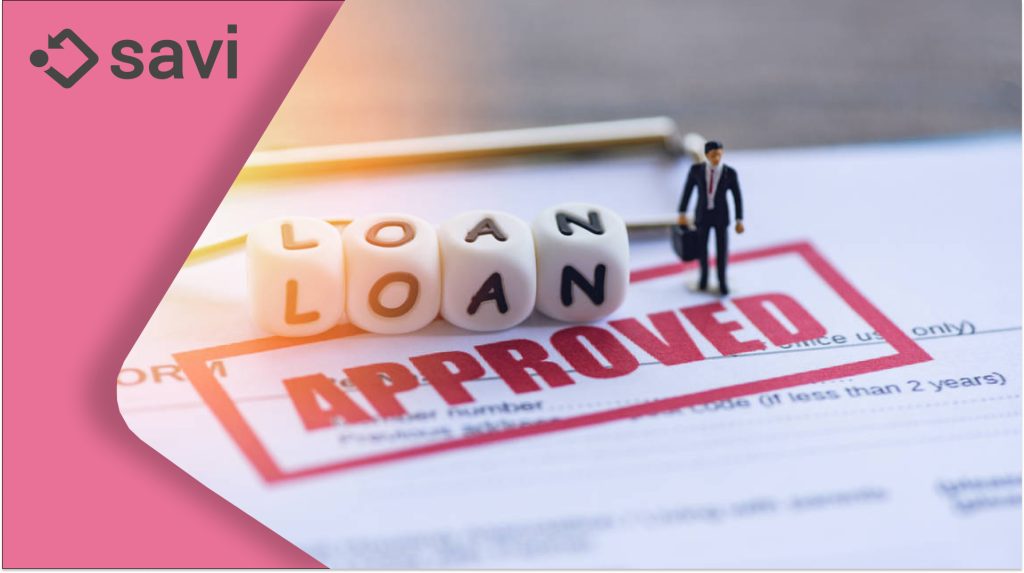Peer-to-peer (P2P) lending is a type of online lending that allows individuals and businesses to borrow and lend money without having to go through a traditional bank. P2P lending platforms match borrowers with lenders based on their risk profiles and investment goals.
P2P lending has its roots in the early 2000s when companies like Prosper and Lending Club were founded. These companies allowed investors to purchase pieces of loans that had already been issued – effectively cutting out the banks and reducing costs for borrowers.
Peer-to-peer lending is still a relatively new concept, but it’s growing at an impressive rate:
The global peer-to-peer lending market is projected to secure US$ 1.3 Trillion by the end of the 2022-2032 forecast period, with a healthy CAGR of 12.7%. The market is expected to reach US$ 407.2 billion by 2022, up from US$ 274.4 billion in 2021. This represents a 48.3% year-on-year increase.
Growing awareness about the benefits of P2P lending and lower operating costs are expected to propel the market during the forecast period. P2P has gained enormous popularity among various end-users, which is expected to benefit the industry in the future.
Benefits of P2P lending for investors
- Potential for high returns: P2P investors can earn higher interest rates on their investments than they would with traditional investments such as savings accounts and bonds.
- Easy access: P2P lending platforms are easy to use and allow investors to invest in loans with just a few clicks.
- Diversification: P2P lending can be a good way to diversify your investment portfolio. Investors can spread their money across multiple loans to reduce their risk.
- Good for your credit score: Some P2P platforms report loan payments to credit bureaus. This can help investors build their credit history and improve their credit scores.
Risks of P2P lending for investors
- Default risk: The main risk of P2P lending is that borrowers may default on their loans. This can result in losses for investors.
- Fees: Most P2P platforms charge investors and borrowers a fee for using their services. These fees can vary from platform to platform, so it is important to compare fees before choosing a platform to use.
- Lack of liquidity: P2P loans are typically illiquid, which means that investors may not be able to withdraw their funds or sell their loans easily or quickly.
Benefits of P2P lending for borrowers

- Lower interest rates: P2P borrowers can often get loans at lower interest rates than they would from traditional banks.
- Fewer restrictions: P2P lending platforms typically have fewer restrictions than traditional banks. This means that borrowers with bad credit or limited collateral may be able to get a loan through P2P lending.
- Faster approval process: The P2P lending approval process is often faster than the traditional bank lending process.
Risks of P2P lending for borrowers
- Default risk: If a borrower defaults on their P2P loan, they may damage their credit score and make it difficult to get a loan in the future.
- Fees: Most P2P platforms charge borrowers a fee for using their services. These fees can vary from platform to platform, so it is important to compare fees before choosing a platform to use.
- High-interest rates for high-risk borrowers: Borrowers with bad credit or limited collateral may be charged higher interest rates on their P2P loans.
Diversification and P2P lending
Diversification is an important risk management strategy for any investor. It involves spreading your money across different asset classes, industries, and geographic regions. This helps to reduce your overall risk, if one asset class or industry underperforms, the others may help to offset your losses.
P2P lending can be a good way to diversify your investment portfolio. By investing in multiple loans from different borrowers, you can reduce your risk of loss if one borrower defaults on their loan.
Here are some tips for diversifying your P2P lending portfolio:

- Invest in a variety of loan types. P2P lending platforms offer a variety of loan types, such as personal loans, business loans, and property loans. Investing in a variety of loan types can help to reduce your risk, as each loan type has its own unique risks and rewards.
- Invest in loans from different borrowers. When you invest in P2P loans, you are essentially lending money to individual borrowers. By investing in loans from different borrowers, you can reduce your risk of loss if one borrower defaults on their loan.
- Invest in loans from different countries. Some P2P lending platforms allow you to invest in loans from borrowers in different countries. Investing in loans from different countries can help to reduce your risk, as each country has its own unique economic and political risks.
Conclusion
P2P lending can be a good option for investors and borrowers, but it is important to be aware of the risks involved before making any investment or borrowing decisions. Investors should carefully consider their risk tolerance and investment goals before investing in P2P loans. Borrowers should compare interest rates and fees from different P2P platforms before choosing a platform to use.
Diversification is an important risk management strategy for any investor, even beyond P2P lending. By investing in a variety of loan types, from different borrowers, and from different countries, investors can reduce their risk of loss.





